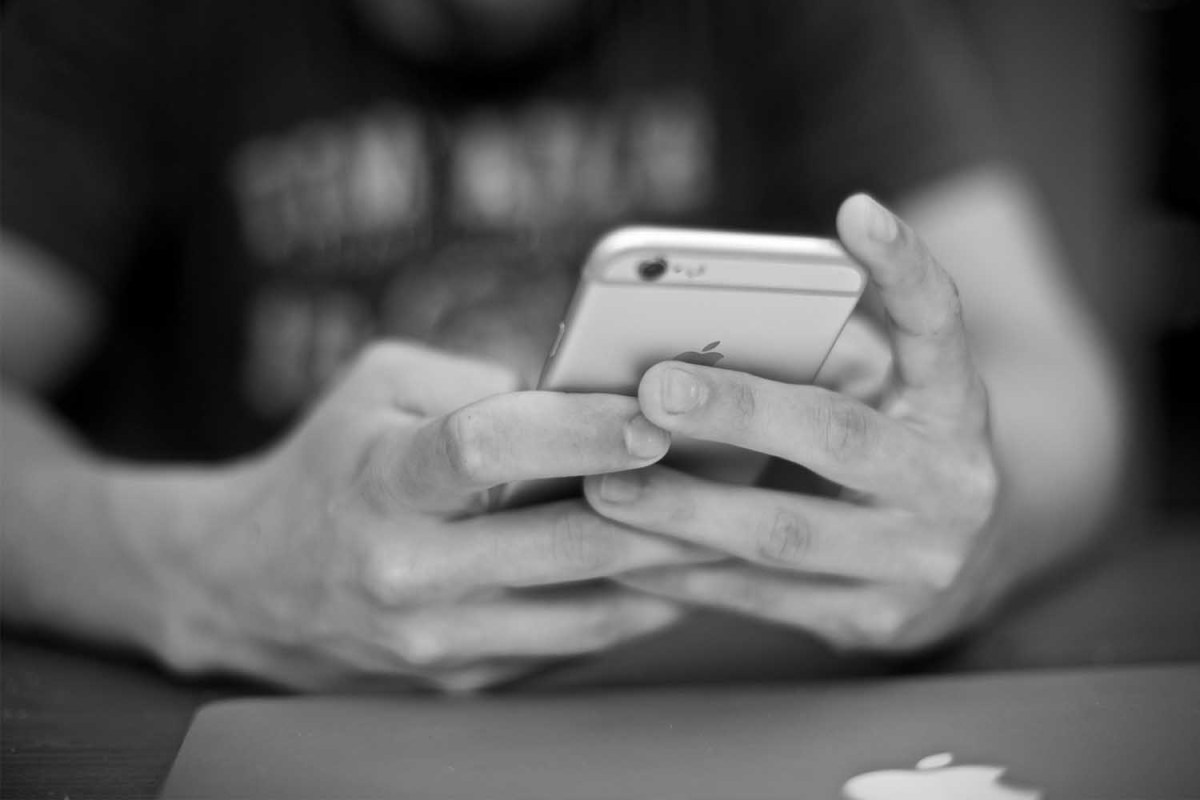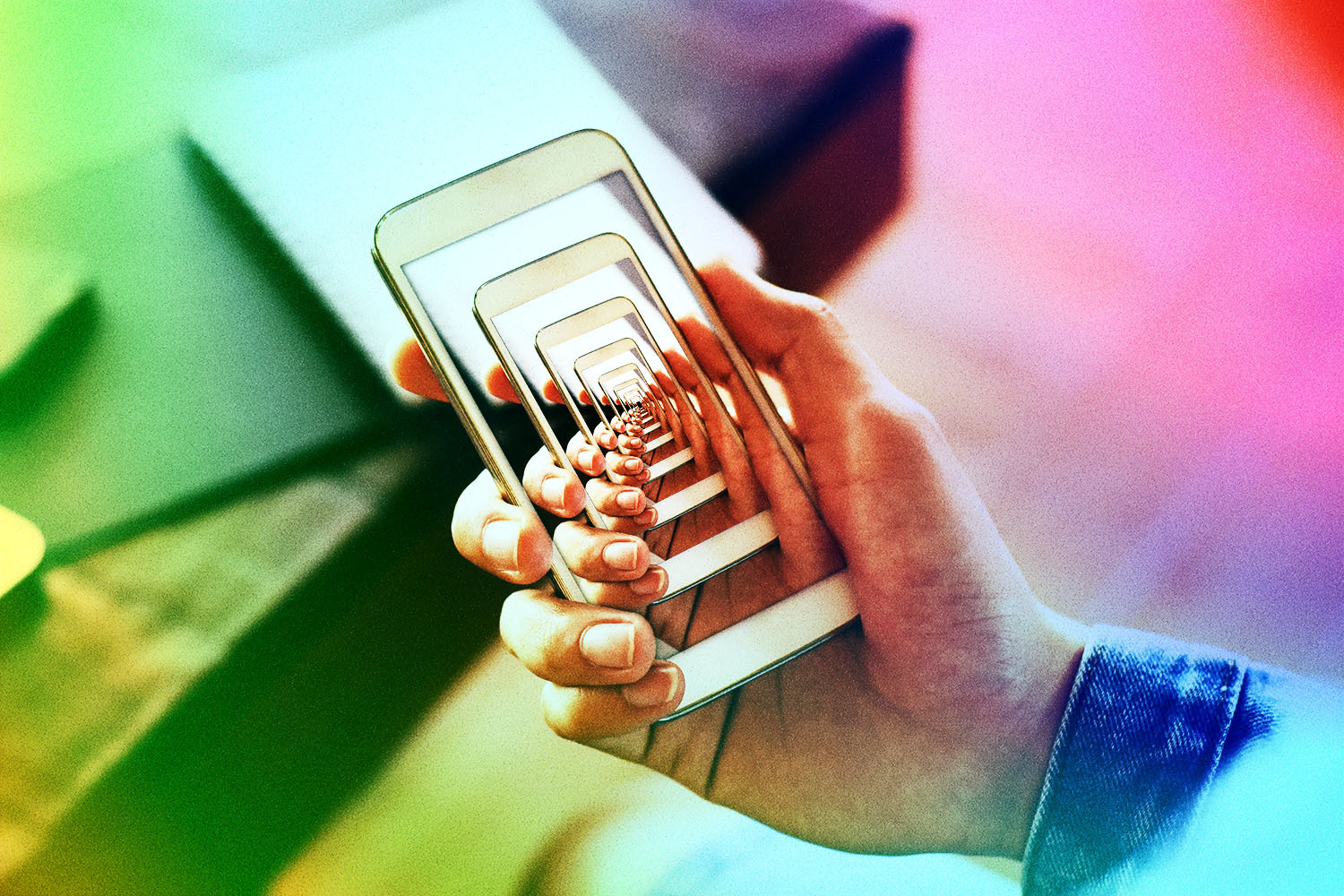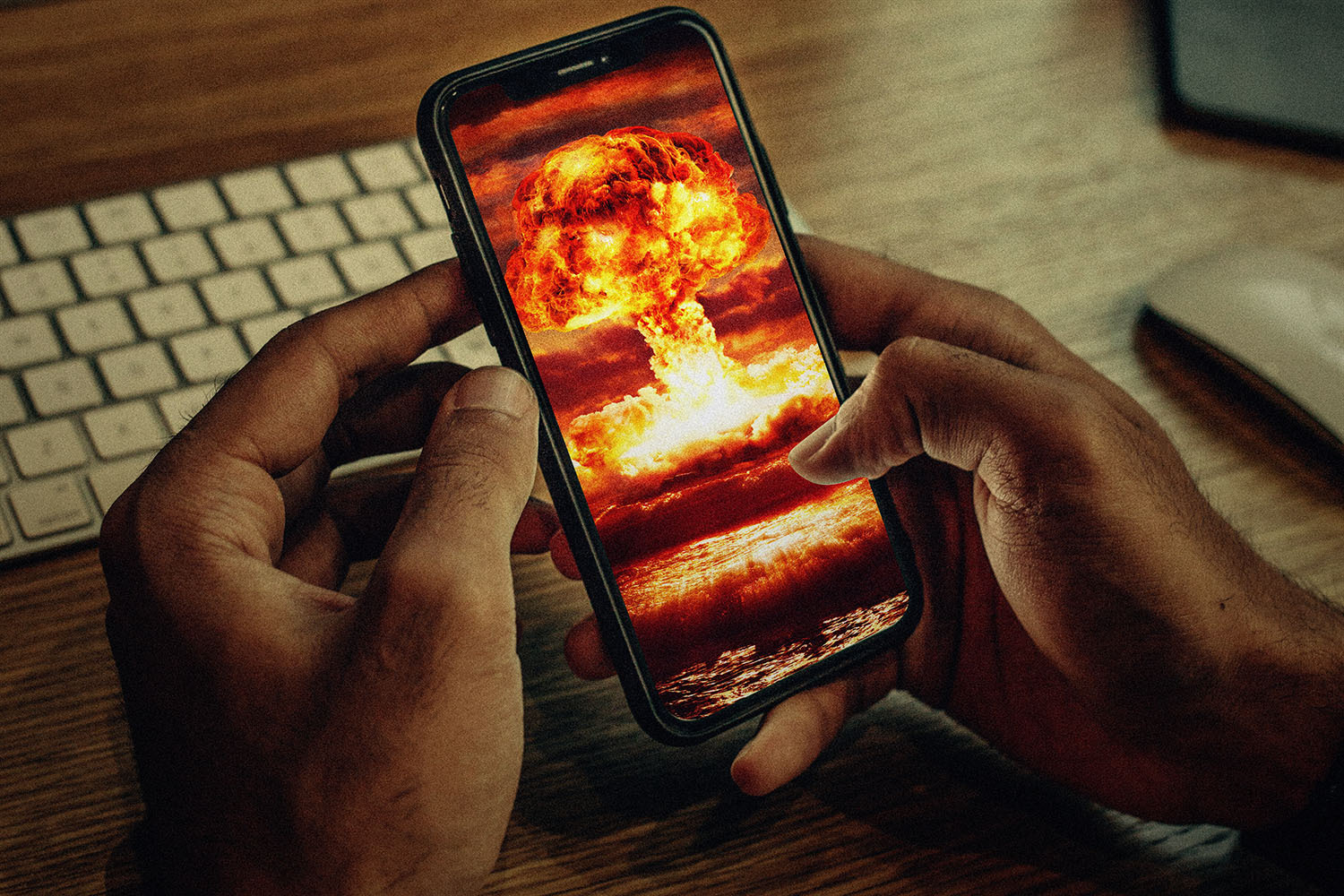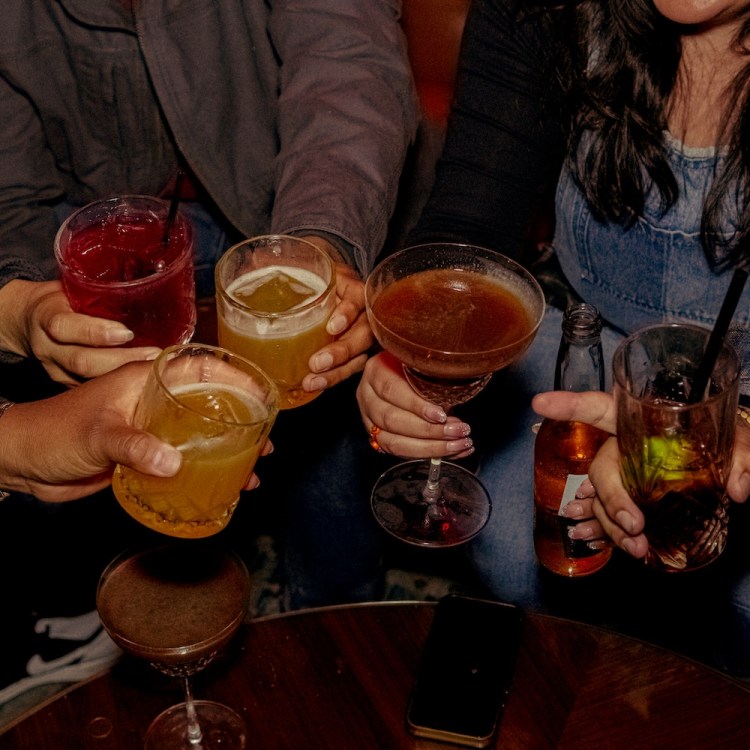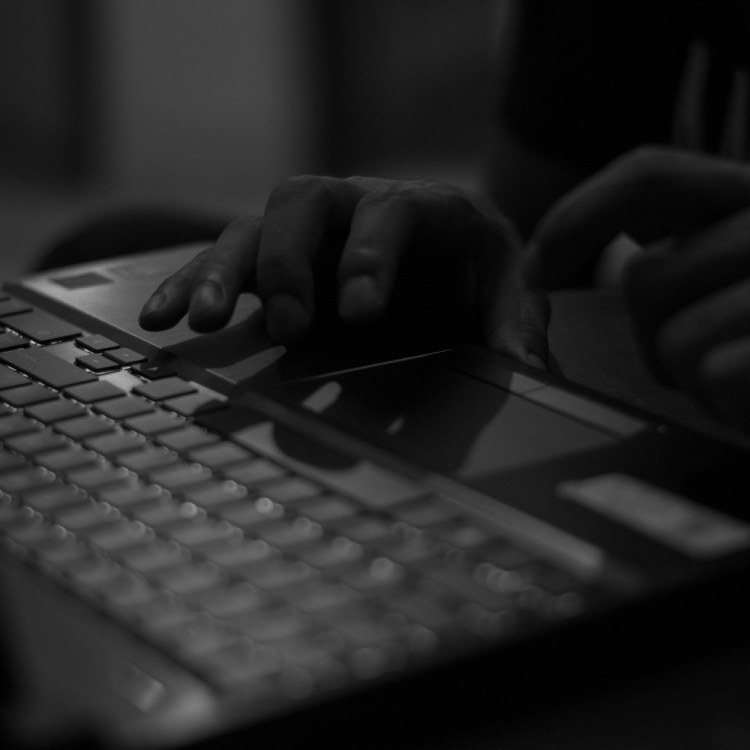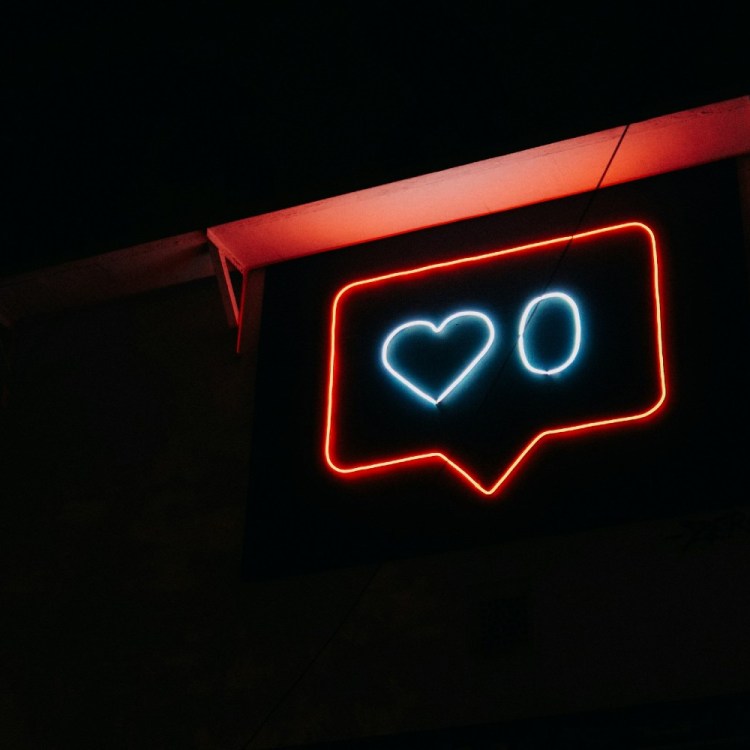Move over WebMD because there’s a new website driving viewers to anxiously and probably often inaccurately diagnose themselves with rare conditions.
According to a recent report by the Wall Street Journal, young people are watching a steady stream of TikTok videos about borderline personality disorder, bipolar disorder and multiple personality disorder. The videos in question are posted by teens or young adults who say they have these conditions, along with self-proclaimed therapists. They often describe the signs and symptoms of these disorders and even encourage viewers to do their own self-evaluations, leading some to believe they also have these mental disorders.
The hashtag #borderlinepersonalitydisorder has 600 million views on TikTok, while the tag #dissociativeidentitydisorder has 700 million. As the Wall Street Journal notes, citing data from the National Alliance on Mental Illness and the Clevland Clinic, these mental disorders are actually pretty rare. Only 1.4 percent of the U.S. adult population is estimated to have a borderline personality disorder, and the condition is seldom diagnosed in adolescence because their personalities are still developing. Dissociative identity disorder, meanwhile, impacts less than 1 percent of the population. But their ubiquity on TikTok, and the subsequent mental-health distress they’re inflicting onto teens, is worrying psychologists who say they’ve seen an uptick in young people coming in with self-diagnoses derived from TikTok, which can create treatment challenges and disrupt family relationships.
As someone who spends hours every day on TikTok for their job and suffers from health-related anxiety, it’s not difficult to understand how TikTok can convince someone they have a particular condition, regardless of how unlikely it might be. The algorithm, for starters, tracks everything you do on the app. Not only what you like or comment on, but how long you linger on a video and scroll through comments.
Last week, for example, I was recovering from my second bout with COVID-19 and was passing the time on TikTok, where I kept coming across videos of users who say they’ve experienced long-term olfactory dysfunction from the disease. In the videos, users detail how their loss of taste and smell has lasted months or over a year and how the sensation has completely decreased their quality of life — to the extent that some have developed eating disorders and depression. According to new research, an estimated 700,000 to 1.6 million Americans have lost their sense of taste or smell for at least 6 months after recovering from COVID-19.
As alarming as they are, these accounts of long-lasting anosmia and parosmia serve as important PSAs to get vaccinated, wear your mask and be aware of long COVID and its dire effects. However, for the already health-anxious, this turned into doomscrolling through video comment sections full of other COVID positive users describing their symptoms and reporting which day of their quarantine they lost their smell/taste. I was counting down the days till I too lost those two senses, had a panic attack and every half hour brought an unlit Bath and Body Works candle up to my face to check if I could still smell notes of Bergamot Champagne and Night Blooming Water Lily. For the record, I never lost either one. Still, my incessant urge to read every single comment from a COVID-19 positive person in an attempt to understand my own condition’s potential trajectory likely prompted TikTok’s algorithm to keep promoting similar videos. And alas, the cycle continues.
Of course, certain online communities can be beneficial for those struggling with particular diseases and disorders, especially for younger people whose chronic illnesses and mental health issues can often be overlooked by adults and even health care professionals. But while TikTok’s destigmatization of mental illness is a positive, it’s clearly not the place to seek a psych evaluation. Mostly, though, teens aren’t out digging for content about rare mental disorders. One teenager, who was previously diagnosed with anxiety and depression, told the Wall Street Journal she started following mental-health advocacy accounts on TikTok then the app began serving videos about various mental disorders.
In light of recent concerns over TikTok’s algorithm and the content it promotes to its predominately young users, the app said it is testing changes to its algorithm that’ll drive users away from ingesting the same type of content. For now, users can select “not interested” on a video if they don’t want to watch more videos with similar content.
Or if you can, limit the time you spend on TikTok and other social platforms, which is always a good idea.
Thanks for reading InsideHook. Sign up for our daily newsletter and be in the know.
